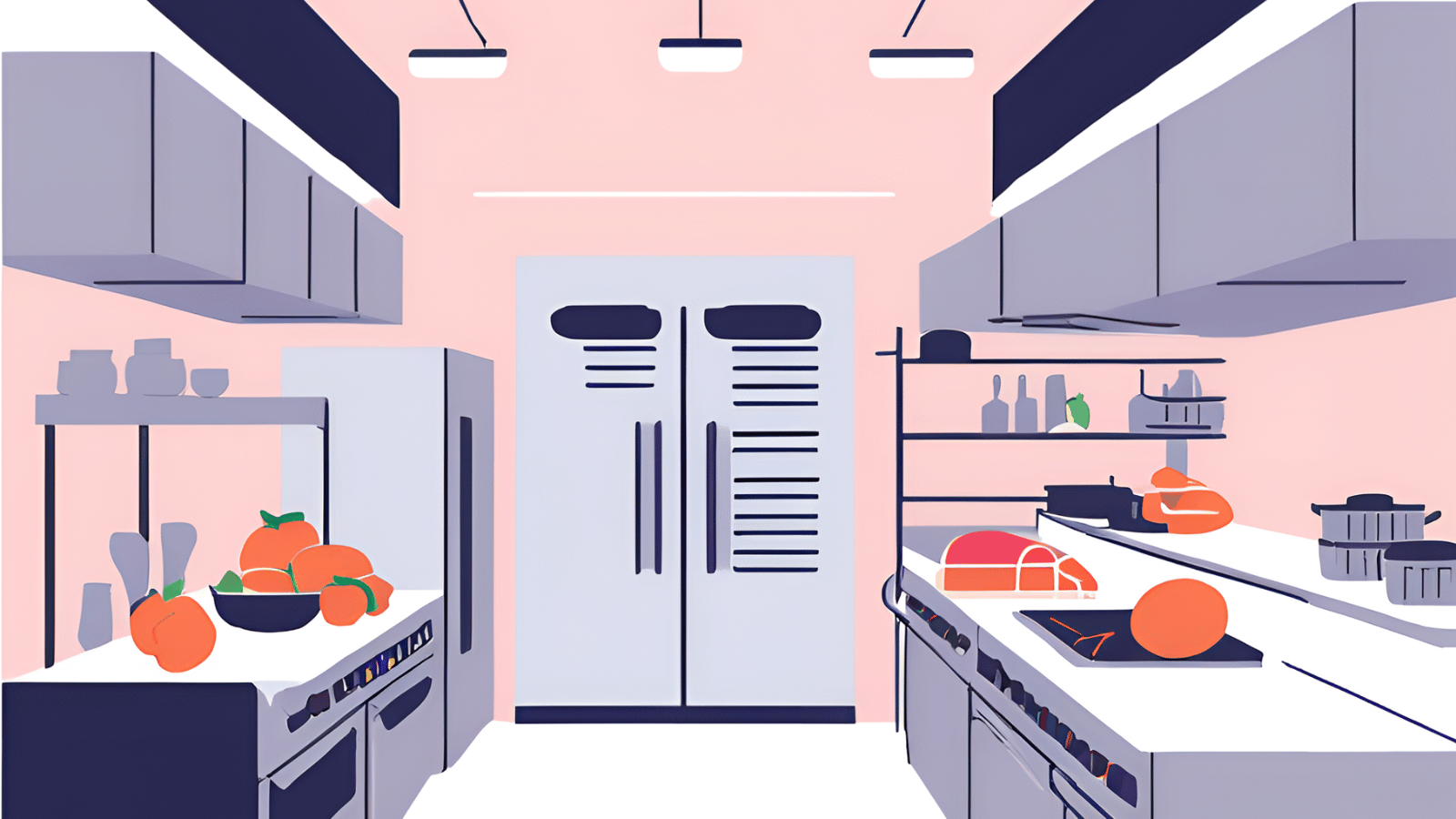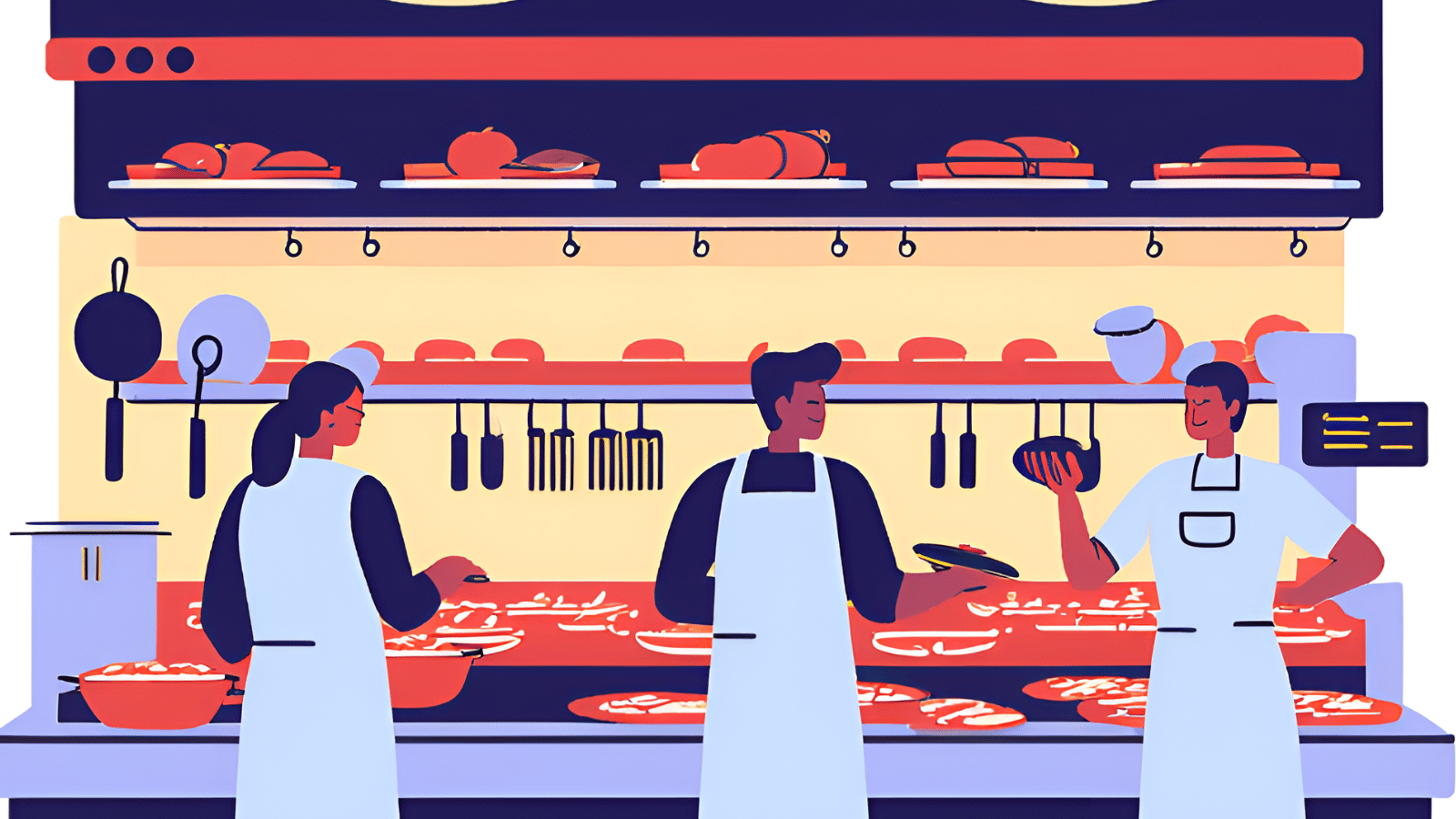
Shifting priorities, technological advancements, and operational challenges shape the future of commercial kitchens. In 2025, trends like reducing food waste, optimizing labor efficiency, and enabling large-scale production will drive change across schools, quick-service restaurants (QSRs), and hospitality businesses. Cooling technology, including walk-in coolers, freezers, blast chillers, and combo boxes, is pivotal in helping operators address these evolving needs.
By embracing innovative solutions, operators can enhance efficiency, sustainability, and profitability—three pillars defining the next era of foodservice.
Reduce School Food Waste with Advanced Cooling Technology

Reducing food waste is not just a financial concern for schools; it’s an operational and ethical priority. Walk-in coolers and freezers designed for high efficiency are helping school kitchens store perishable items longer, significantly reducing spoilage and waste in commercial kitchens.
How is this happening? Remote monitoring capabilities can help K-12 school nutrition directors keep closer tabs on operational efficiencies inside a walk-in cooler. Even more important, today's walk-ins can include technology that will actually extend the shelf life of produce, preserve quality, help ensure safety, and ultimately reduce food waste. Additionally, temperature-zoned storage configurations allow schools to store various food types according to strict nutritional guidelines, enabling compliance while maintaining quality.
Reducing waste also supports broader sustainability goals, a growing priority in K-12 settings. Schools can better balance nutrition, efficiency, and waste reduction by investing in customizable cooling solutions.
Labor-Saving Innovations in Restaurants and QSRs

Restaurants and QSRs face continued pressure to manage labor shortages while maintaining food quality and speed of service. Blast chillers are emerging as crucial tools for labor efficiency, enabling operators to cool batch prepared items while reducing manual handling quickly.
Another growing trend is pre-chilling ingredients before peak service periods. By keeping frequently used items at safe, ready-to-use temperatures, staff can focus on executing orders during the busiest hours without interruption. These cooling solutions help operators redistribute labor, alleviate employee stress, and ultimately reduce turnover—a win for both efficiency and morale.
Additionally, combo boxes, which integrate coolers and freezers into a single unit, provide space-saving functionality and streamlined workflows for tight kitchen layouts. These systems allow greater flexibility when managing prep and storage in high-volume QSRs.
Simplified Bulk Production for Hotels and Resorts

Large scale events like weddings, conferences, and banquets require efficient bulk food production for hotels and resorts. Blast chillers and walk-ins are integral to managing the volume and quality needed in these high-stakes operations.
Blast chillers rapidly cool prepared dishes, preserving their texture, flavor, and safety. They are ideal for kitchens that prepare meals in advance. Walk-in coolers configured for bulk storage allow hotel kitchens to manage high volumes of fresh ingredients and prepped dishes easily.
Combo boxes are an increasingly popular feature for hospitality kitchens, which combine cooler and freezer functionality in one unit. These systems maximize limited kitchen space while maintaining optimal conditions for different types of ingredients. For hotels juggling multiple events simultaneously, the flexibility and durability of combo boxes make them indispensable.
Sustainability is also a rising priority for hospitality operators. Durable, energy-efficient cooling systems align with broader environmental goals, helping hotels meet customer expectations for responsible business practices.
Trends Defining the Future
In 2025, foodservice operators must address pressing challenges such as reducing food waste, managing labor shortages, and streamlining bulk production. Cooling technology—including innovative tools like combo boxes—is central to solving these issues. By adopting flexible, efficient, and sustainable solutions, commercial kitchens can position themselves for success in an increasingly demanding foodservice landscape.
As operators prepare for the upcoming year, staying ahead of trends and embracing the right tools will be vital to thriving in this dynamic environment.
Customize the perfect walk-in for your business's needs:
